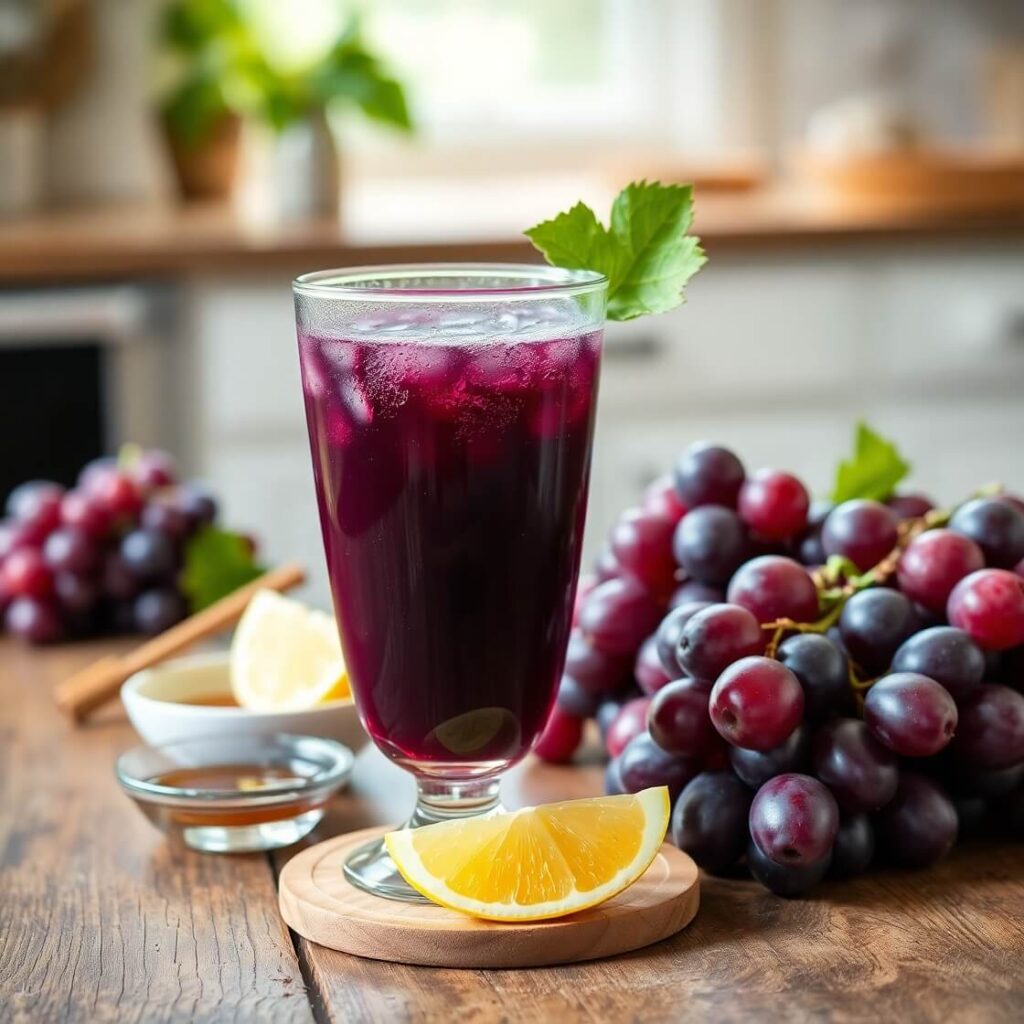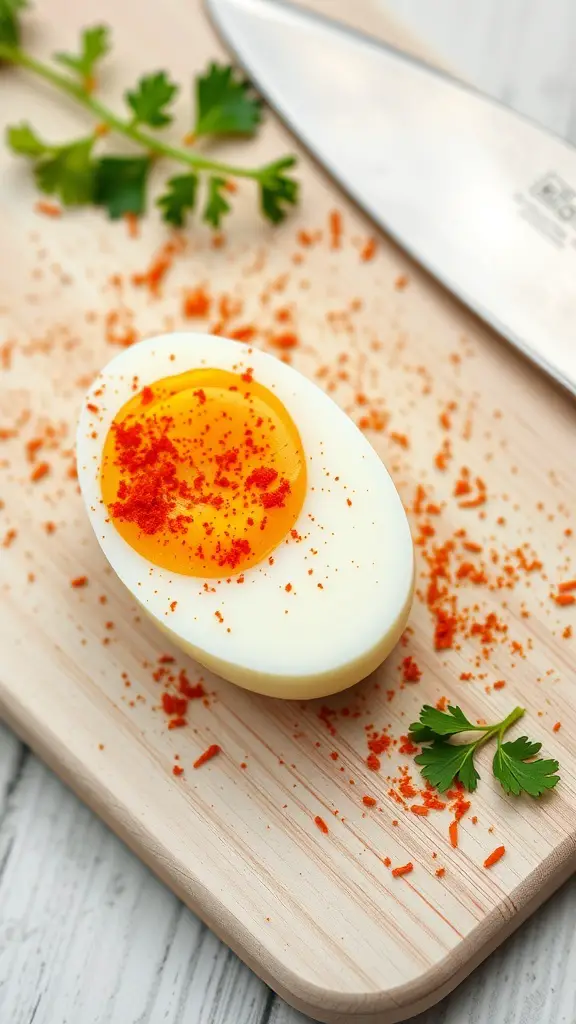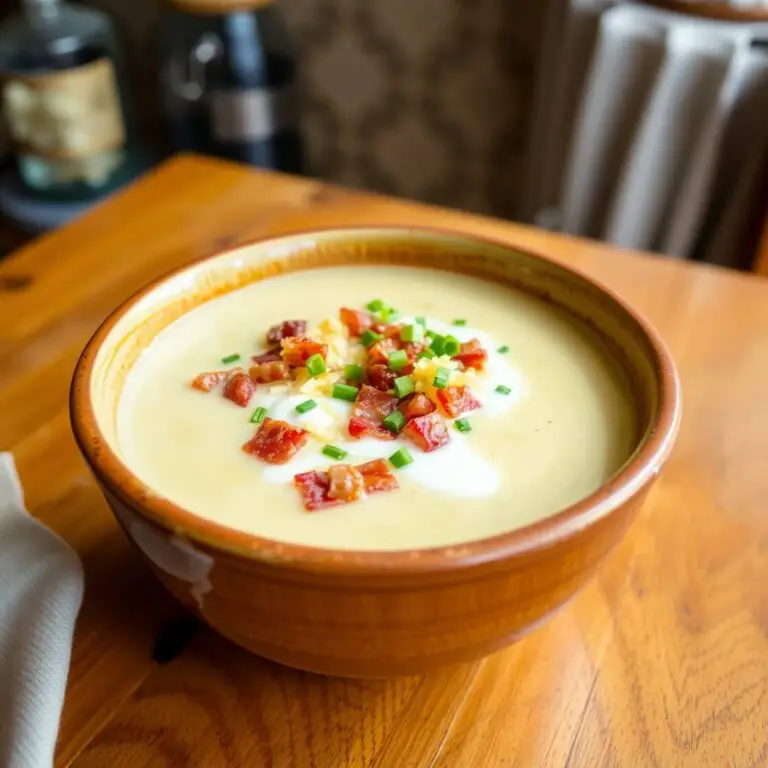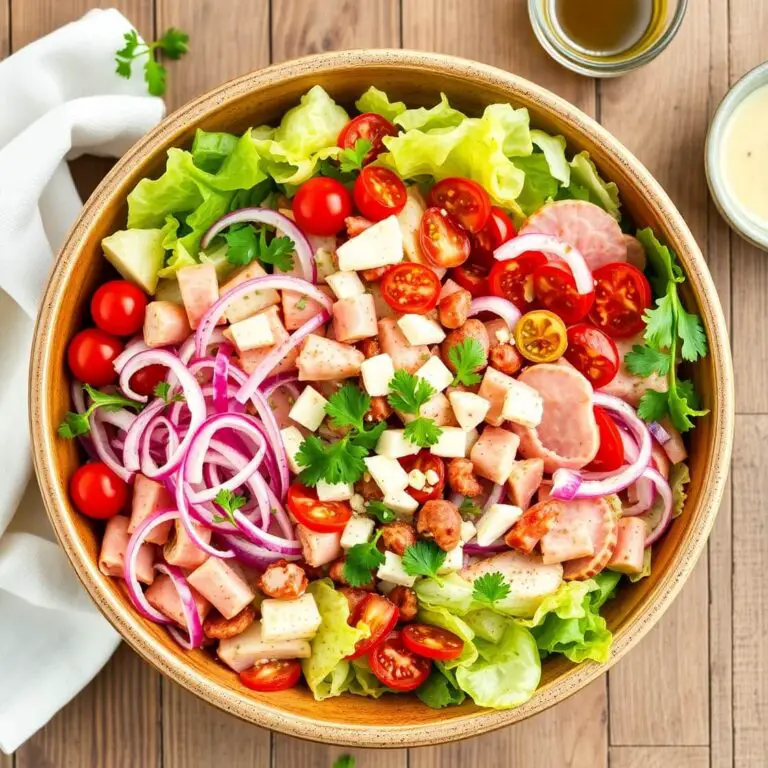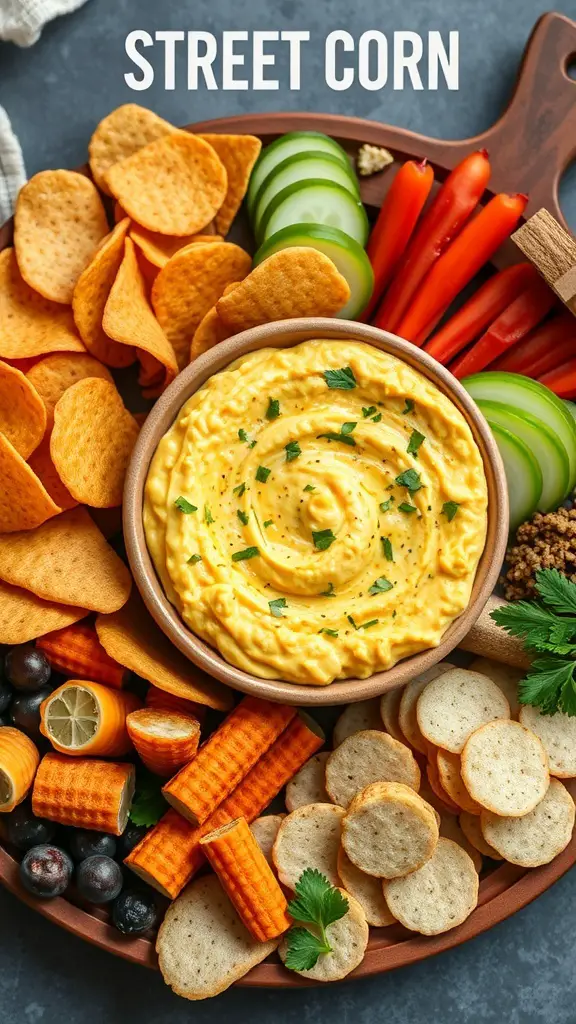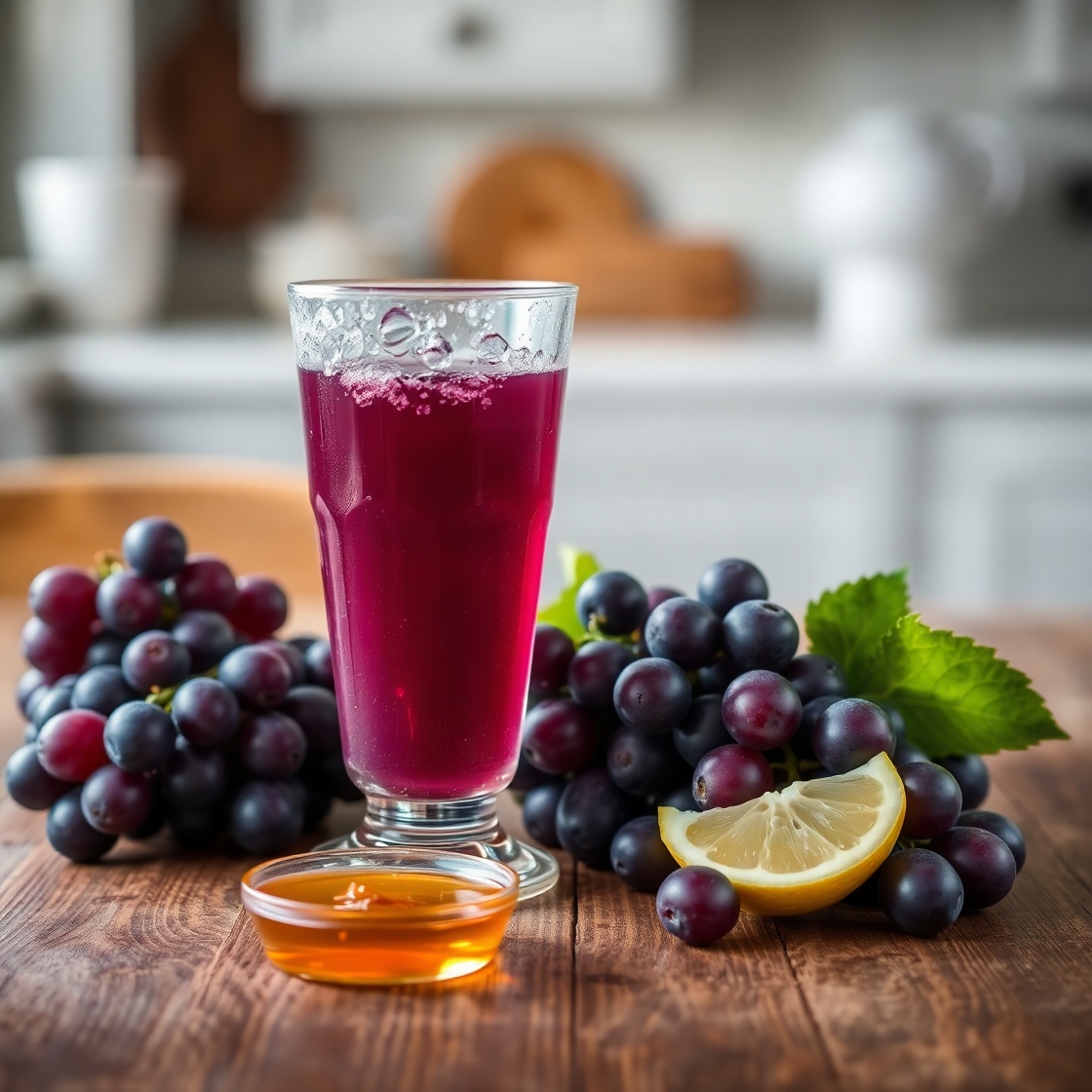
There’s something truly refreshing and vibrant about homemade grape juice. I decided to create this recipe because, honestly, nothing beats the natural sweetness and deep flavor of freshly squeezed grapes compared to store-bought versions. Plus, it’s a wonderful way to enjoy the essence of grapes without any added preservatives or artificial flavors.
Making grape juice at home also connects you with the process — from selecting ripe grapes to blending them into a beautiful, nutritious drink. Whether you want a cool drink on a hot day, a healthy breakfast boost, or a unique homemade gift, this grape juice recipe will delight your taste buds and nourish your body.
Keep reading to discover how simple it is to make this delicious grape juice from scratch and why it deserves a spot in your kitchen routine.
Why I Love This Recipe
Homemade grape juice is pure magic. What sets this recipe apart is its simplicity and the authentic flavor you get from using fresh grapes. Unlike commercial grape juice, which often contains added sugars and concentrates, this juice captures the true essence of grapes.
People make this recipe because it’s natural, wholesome, and packed with antioxidants. Grapes are loaded with vitamins C and K, along with powerful polyphenols that support heart health and fight inflammation. Plus, grape juice has a naturally sweet taste that’s both comforting and energizing without needing extra sugar.
Another reason this recipe shines is its versatility — you can adjust sweetness, use different grape varieties, or combine grapes with other fruits to create your own signature flavor. It’s also perfect for all ages, making it a favorite in family kitchens.
Making grape juice at home is an act of self-care, offering a fresh alternative to sugary sodas and store-bought juices. It’s a simple pleasure that brings nature’s goodness straight to your glass.
Ingredients for Grape Juice
The beauty of this grape juice recipe lies in its minimalism. You need only a few ingredients to create a vibrant, flavorful drink that bursts with natural sweetness.
- Fresh grapes: Choose seedless grapes if possible for ease, but seeded grapes work just fine with a little extra effort. Concord grapes or red/purple grapes add richness, but green grapes provide a lighter, crisp flavor.
- Water: Just enough to help with blending and to adjust consistency.
- Lemon juice: A splash to brighten the flavor and help preserve freshness.
- Sweetener (optional): Depending on your grapes’ natural sweetness, you might add a touch of honey, agave syrup, or sugar.
That’s it! Simple ingredients that come together to produce a delicious, nutrient-rich juice.
When selecting grapes, look for ones that are ripe, plump, and fragrant. Organic grapes are preferred if available, to avoid any pesticide residue since you’ll be using the skins.
How Much Time Will You Need
One of the best parts about this grape juice recipe is how quick and easy it is to make.
- Preparation time: about 10 minutes to wash and prep the grapes.
- Cooking/processing time: approximately 15 to 20 minutes to blend, strain, and simmer gently (if you prefer cooked juice).
- Cooling and serving: another 10 minutes.
Overall, you can expect to have fresh grape juice ready to enjoy within 30 to 40 minutes. If you want to chill it before serving, add an extra 30 minutes to an hour. This quick process makes it a perfect go-to for a nutritious homemade beverage anytime.
How to Make This Grape Juice
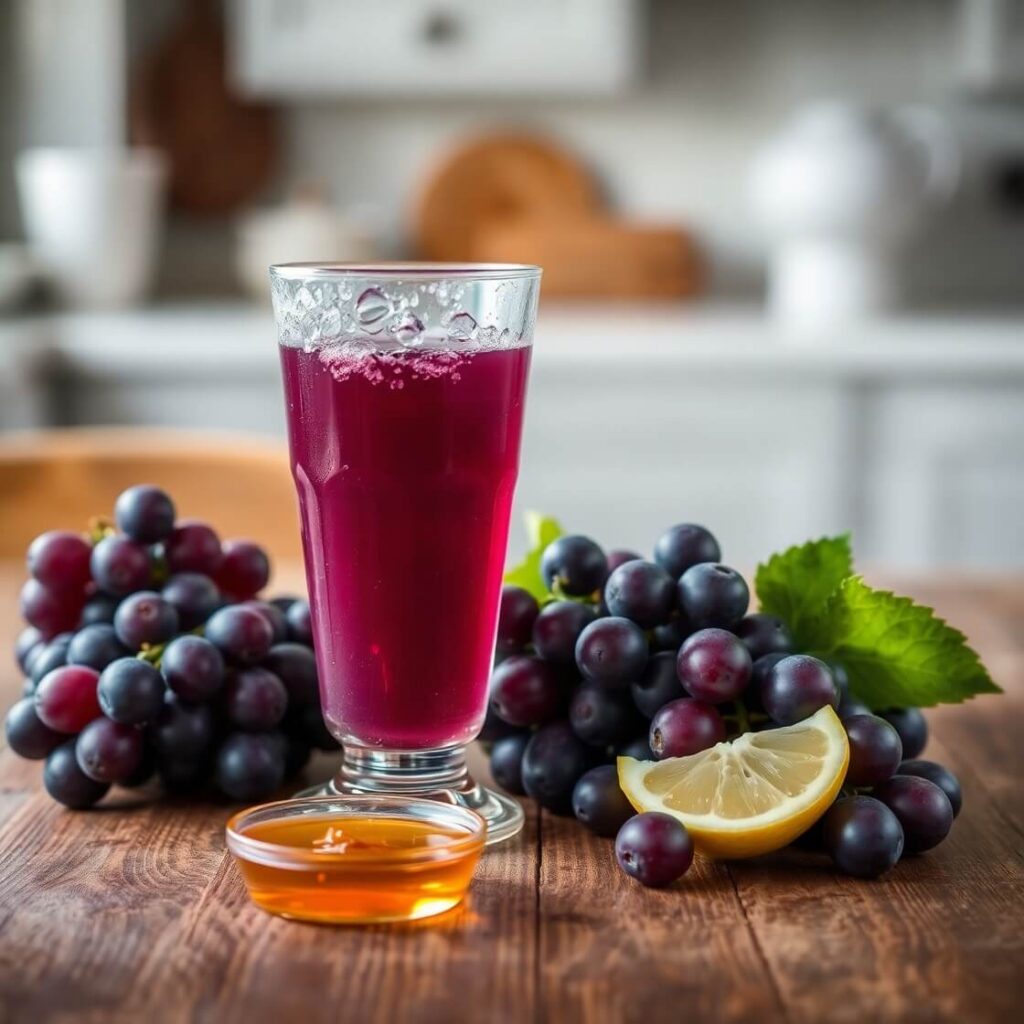
Follow these detailed steps to make delicious homemade grape juice that’s pure, fresh, and packed with flavor.
Step – 1: Wash the grapes thoroughly under cold running water to remove any dirt or residue. Remove the stems and discard any bruised or damaged grapes.
Step – 2: Place the cleaned grapes into a blender or food processor. Add about half a cup of water to help the blending process.
Step – 3: Blend the grapes on high speed until you get a smooth puree. Depending on your blender’s strength, this might take 1 to 2 minutes.
Step – 4: Pour the blended grape mixture through a fine-mesh sieve or cheesecloth into a large bowl or pitcher. Use a spatula or the back of a spoon to press the pulp and extract as much juice as possible.
Step – 5: (Optional) If you want to reduce the raw taste and enhance shelf life, pour the strained juice into a saucepan and gently simmer over low heat for 5 to 10 minutes. Do not boil, as this can change the flavor and reduce nutrients.
Step – 6: Remove from heat and let it cool slightly. Stir in fresh lemon juice to brighten the flavor and add a touch of acidity.
Step – 7: Taste your juice and decide if you want to add a natural sweetener like honey or sugar. Stir well until dissolved.
Step – 8: Transfer the grape juice to a clean container or bottle and refrigerate for at least 30 minutes before serving chilled.
Enjoy your fresh, homemade grape juice on its own or as a base for smoothies and cocktails.
Substitutions
If you want to experiment or adjust the grape juice recipe, there are some great substitutions you can try that will keep the drink delicious while catering to your preferences or dietary needs.
- Grapes: If fresh grapes aren’t available, frozen grapes work wonderfully and can make the juice even more refreshing. You can also mix in blueberries or blackberries to add complexity.
- Sweetener: Instead of honey or sugar, try maple syrup or a sugar substitute like stevia for a lower-calorie option.
- Lemon juice: If you prefer a different citrus note, try lime juice or even a splash of orange juice for a sweeter twist.
- Water: Coconut water or sparkling water can replace plain water to give the juice a tropical or fizzy touch.
These alternatives let you customize the flavor and nutrition profile without losing the essence of fresh grape juice.
Best Side Dishes for Grape Juice
To elevate your grape juice experience, pair it with light and complementary dishes that balance its natural sweetness.
- Fresh fruit salad: A colorful mix of berries, melons, and citrus to keep the meal fresh and vibrant.
- Cheese platter: Mild cheeses like brie or goat cheese with crackers complement the fruity notes of the juice.
- Light sandwiches: Think cucumber and cream cheese or turkey and avocado sandwiches for a satisfying yet not overpowering accompaniment.
These side dishes bring out the best in your grape juice and make any snack or meal feel special.
Serving and Presentation Tips
Homemade grape juice is not just about taste — it’s about the experience. How you serve and present it can transform a simple glass of juice into something truly memorable.
Start by chilling your grape juice in the refrigerator for at least an hour before serving. Serve it in clear glasses to showcase its deep, rich color — especially if you’re using red or Concord grapes. A slice of lemon or a few frozen grapes dropped into the glass adds an elegant, refreshing touch without watering down the drink.
For brunches or special occasions, serve the juice in wine glasses or stemless flutes. Garnish with a sprig of mint or a twist of citrus peel for an upscale feel. If you’re entertaining kids, serve it over crushed ice in fun, colorful cups with paper straws.
Presentation is part of the joy — let the jewel-toned beauty of grape juice shine.
Tips and Tricks to Make This Recipe Even Better
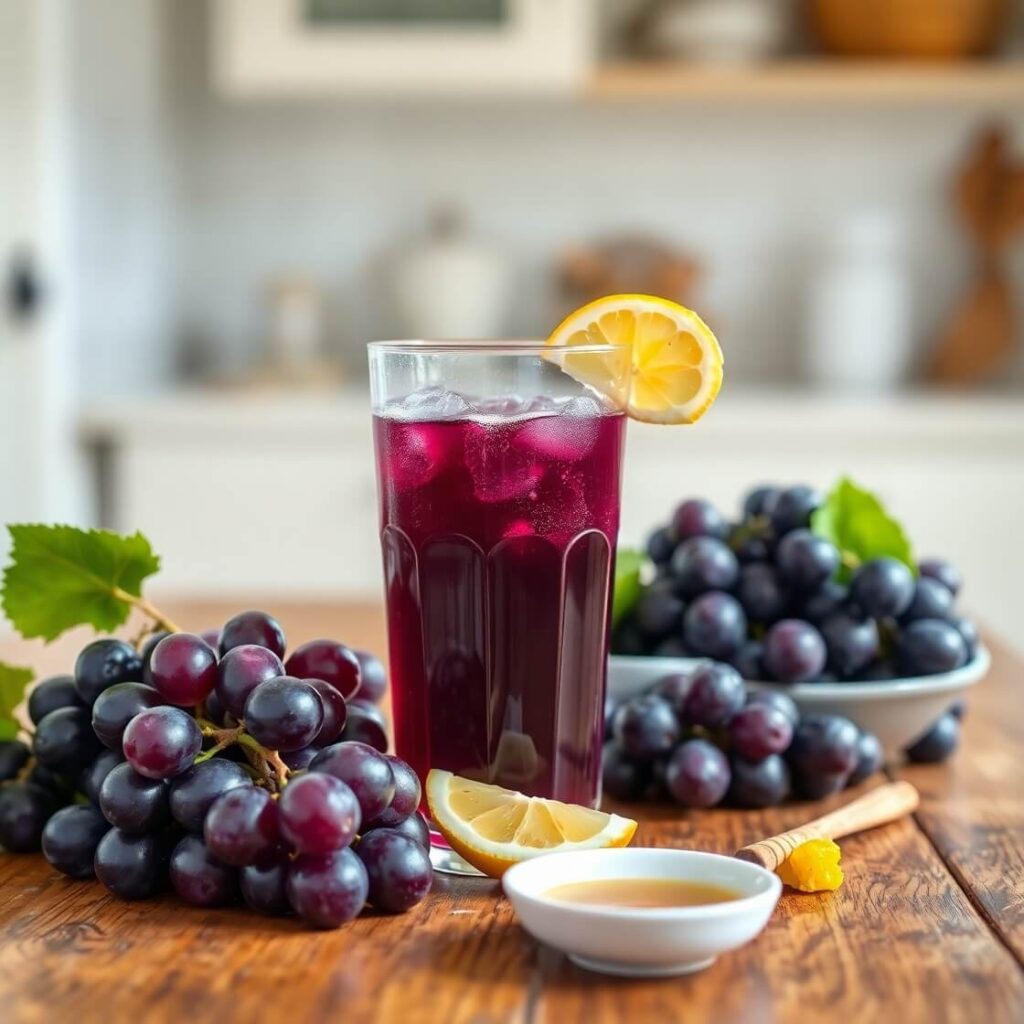
The best homemade recipes are often the result of small but meaningful tweaks. Here are some tried-and-true tips to get the most flavor and nutrition from your grape juice:
- Use a mix of grapes: Combining Concord, red, and black grapes gives a deeper flavor profile and natural sweetness.
- Chill the grapes before blending: This keeps the juice extra cold and refreshing without needing to add ice that could dilute the flavor.
- Strain twice: If you want ultra-smooth juice, strain the mixture two times — once through a mesh sieve, and again through a cheesecloth or nut milk bag.
- Add a pinch of salt: This might sound odd, but just a pinch can enhance the sweetness and bring out the fruity flavors, similar to how salt enhances desserts.
- Make juice cubes: Freeze extra juice in an ice cube tray and add them to future glasses of juice, sparkling water, or cocktails to keep drinks cold and flavorful.
These tips will help you consistently create grape juice that tastes professionally made right from your kitchen.
Common Mistakes to Avoid
Even though grape juice is easy to make, a few simple missteps can impact the final result. Avoid these common mistakes for a smoother experience and better taste:
- Not washing grapes thoroughly: Grapes can carry pesticide residue or dirt, especially if they’re not organic. Always wash them under cold running water and remove stems completely.
- Overheating the juice: If you cook the juice, only simmer it gently. Boiling can destroy nutrients and alter the natural taste of the grapes.
- Skipping the straining step: If you want a clean, smooth juice, don’t skip the straining. Unstrained juice can feel gritty or overly pulpy.
- Using unripe grapes: Tart or underripe grapes won’t give you that deep, sweet flavor. Always taste a few before using.
- Adding too much sweetener: Grapes are naturally sweet. Taste the juice first, and only add sweetener if truly needed — and in moderation.
Steering clear of these mistakes ensures your juice comes out tasting just right every time.
How to Store It
Storing grape juice correctly helps maintain its fresh flavor and extend its shelf life.
After making the juice, transfer it into an airtight glass bottle or jar. Mason jars work beautifully and add a rustic charm if you’re gifting the juice.
Keep it refrigerated and consume within 3 to 4 days for the best taste and nutrient retention. If you simmered the juice during preparation, it may last an extra day or two in the fridge.
Want to store it longer? Freeze it in BPA-free freezer-safe containers or even ice cube trays. Just leave a bit of space at the top to allow for expansion. Frozen grape juice can last for up to 3 months and is perfect for blending into smoothies or thawing for later use.
Avoid storing in plastic if possible — glass preserves the flavor better and is more eco-friendly.
FAQ
Can I use green grapes instead of red or Concord grapes?
Yes! Green grapes give a lighter, more tart juice. Red or Concord grapes yield a richer, sweeter juice. You can also mix varieties to balance sweetness and color.
Is it necessary to cook the juice?
No, cooking is optional. Raw juice preserves more nutrients, but a gentle simmer can enhance flavor and improve shelf life.
Can I make this juice without a blender?
Yes, you can mash grapes using a potato masher or food mill and then strain, but a blender is more efficient and yields more juice.
Is homemade grape juice healthy?
Absolutely! It’s packed with antioxidants, vitamins, and no preservatives. Just go easy on added sweeteners to keep it wholesome.
Can I bottle this juice for long-term storage?
Yes, if you want to preserve it long-term, consider canning using proper sterilization and sealing techniques, or freezing in portions.

Grape Juice Recipe
- Total Time: 30-40 minutes
- Yield: 4 1x
- Diet: Vegetarian
Description
This homemade grape juice recipe is the perfect blend of simplicity and nutrition. With no added preservatives, this juice highlights the natural sweetness of ripe grapes and delivers a refreshingly pure taste. Whether enjoyed on its own, served with brunch, or used as a base for mocktails and smoothies, this recipe is a staple for any health-conscious kitchen. With only a handful of ingredients and minimal effort, you can enjoy a delicious, antioxidant-rich drink that’s both kid-friendly and adult-approved.
Ingredients
- 4 cups fresh grapes (red, black, or green)
- ½ cup water
- 1–2 tablespoons lemon juice
- 1–2 teaspoons honey or sugar (optional)
Instructions
- Wash grapes thoroughly and remove stems.
- Blend grapes with water until smooth.
- Strain through a fine sieve or cheesecloth.
- (Optional) Simmer juice gently for 5–10 minutes to enhance flavor.
- Add lemon juice and sweetener to taste.
- Chill before serving.
Notes
- For a smoother juice, strain twice.
- Use frozen grapes instead of ice cubes for chilling.
- Store in the fridge for up to 4 days, or freeze for up to 3 months.
- Prep Time: 10 minutes
- Cook Time: 15 minutes (optional)
- Category: Beverage
- Method: Blending/Simmering
- Cuisine: American
Nutrition
- Serving Size: 4
- Calories: 110
- Sugar: 22g
- Sodium: 2mg
- Fat: 0g
- Saturated Fat: 0g
- Unsaturated Fat: 0g
- Trans Fat: 0g
- Carbohydrates: 27g
- Fiber: 1g
- Protein: 1g
- Cholesterol: 0mg

